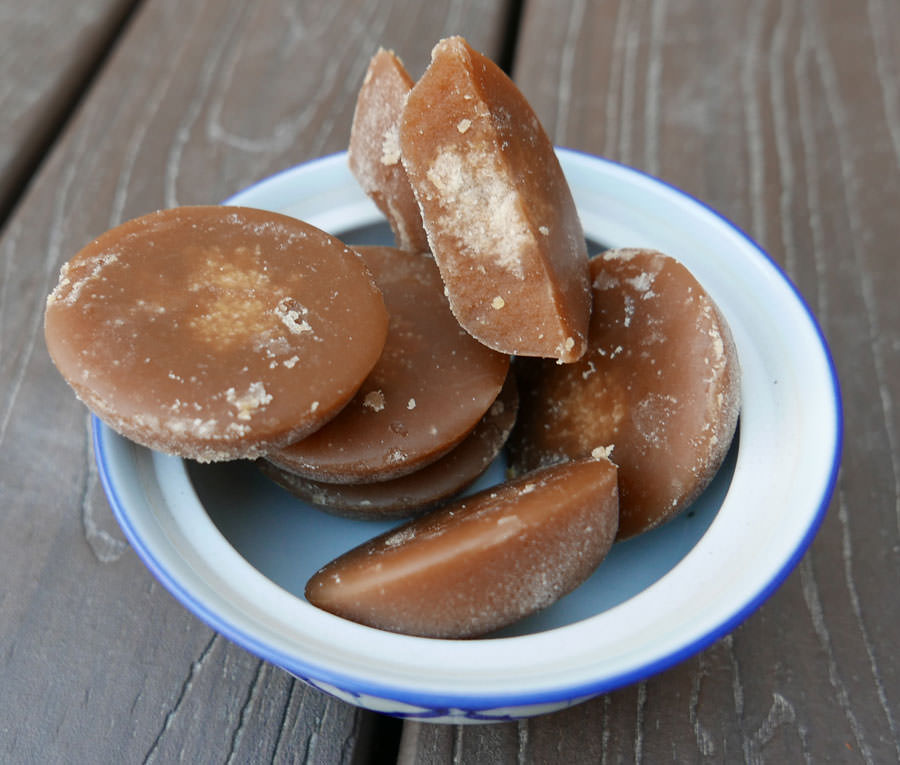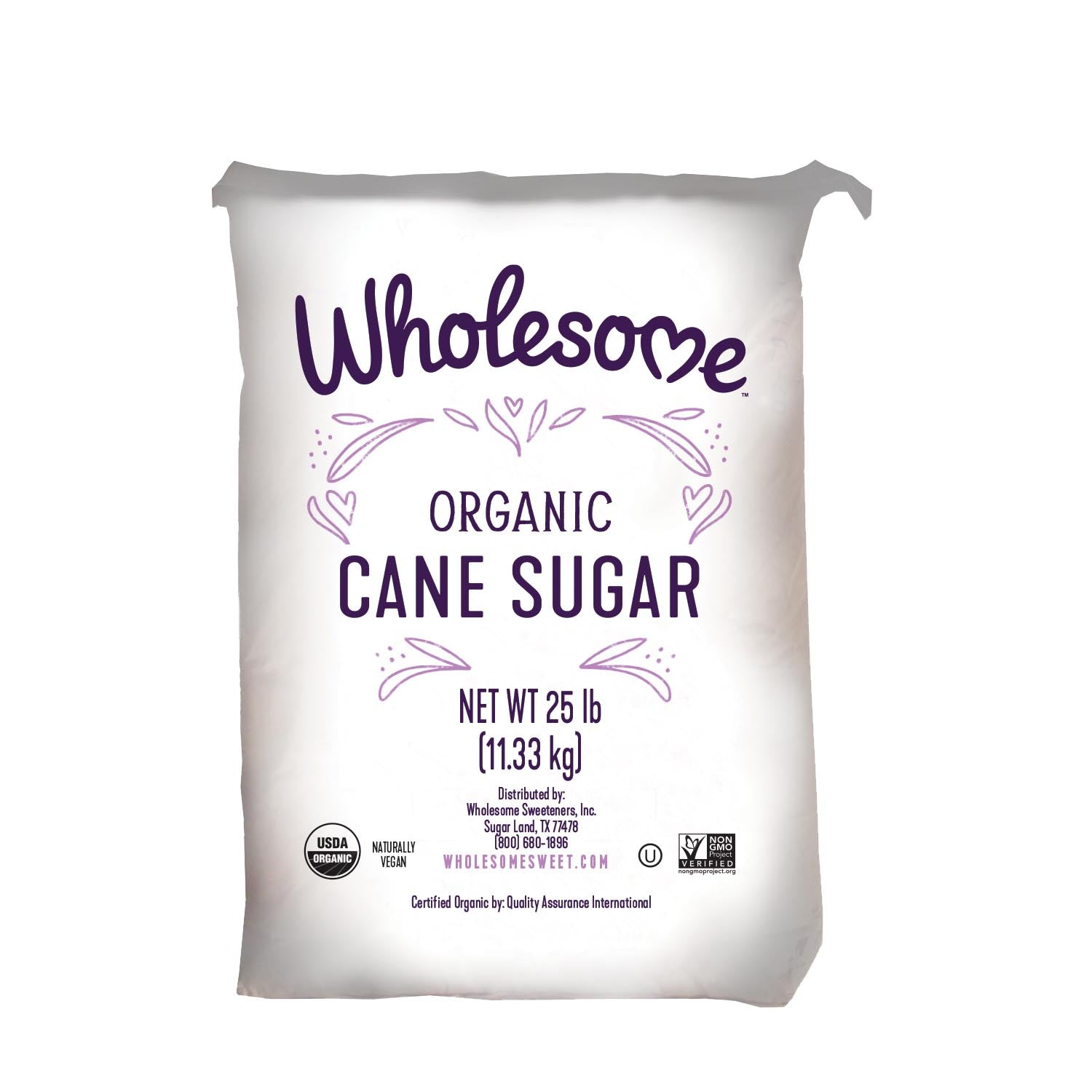Cane Sugar Processing: Ingenious Methods for High Quality Manufacturing
Cane Sugar Processing: Ingenious Methods for High Quality Manufacturing
Blog Article
A Thorough Overview to the Ecological Impact and Sustainability Practices in Walking Cane Sugar Handling
The environmental effect of walking stick sugar processing offers an intricate array of challenges that warrant mindful exam. From dirt destruction and too much water use to the carbon footprint associated with farming and production, the repercussions of conventional practices are significant. In contrast, the fostering of cutting-edge sustainability procedures provides a pathway towards a lot more responsible manufacturing approaches. Understanding the interaction between these problems is important for stakeholders in the industry. What certain practices can be applied to strike a balance in between efficiency and ecological stewardship? The solutions lie in a better look at both the difficulties and possible solutions.
Introduction of Cane Sugar Processing
Walking cane sugar processing entails a series of methodical steps that change sugarcane right into polished sugar. Originally, harvested sugarcane is carried to processing facilities, where it undergoes cleansing to eliminate soil and particles. Following this, the cane is squashed to remove juice, which is after that clarified by removing pollutants through home heating and the addition of lime.
The cleared up juice undertakes dissipation, where water is removed to concentrate the sugar web content. These crystals are divided from the remaining syrup using centrifugation, resulting in raw sugar.
The last item is then dried and packaged for distribution. Throughout this entire procedure, preserving performance and quality assurance is necessary to make sure the sugar fulfills sector standards. Each step in walking cane sugar processing not just contributes to the final product but additionally has ramifications for resource usage and waste generation, setting the stage for conversations on sustainability and ecological effects connected with sugar manufacturing.
Environmental Difficulties of Manufacturing
The manufacturing of walking stick sugar offers numerous considerable environmental difficulties that warrant focus. One main worry is the extensive usage of agrochemicals, consisting of pesticides and plant foods, which can bring about dirt deterioration, biodiversity loss, and contamination of regional water sources. The overflow from sugarcane fields usually brings these chemicals into close-by ecological communities, interrupting aquatic life and influencing the health and wellness of communities reliant on these water bodies.
An additional challenge is the high power intake related to sugarcane handling. The boiling and refining stages require substantial warmth, largely created by burning nonrenewable fuel sources, adding to greenhouse gas exhausts. In addition, the large acreage needed for sugarcane growing can result in logging and environment destruction, additional exacerbating climate adjustment and harmful wild animals.
Moreover, the labor techniques in some areas increase honest concerns, as employees might encounter inadequate working conditions and insufficient wages. This circumstance usually bolsters a cycle of poverty in regional areas. Cane Sugar Processing. Dealing with these ecological obstacles is essential for creating much more lasting practices in cane sugar production, eventually profiting both the environment and the communities associated with this sector
Water and Land Use Influence
Water sources and land usage are essential components in the walking stick sugar sector that considerably impact the atmosphere. The growing of sugarcane requires significant water input, with quotes recommending that it can consume as much as 2,000 litres of water per kilo of sugar created. This intensive use water often leads to exhaustion of regional water sources, affecting not only the sugarcane vineyards yet likewise surrounding ecological communities and areas that count on the very same water sources for farming and domestic usage.

Additionally, land use for sugarcane cultivation can lead to deforestation and the conversion of all-natural habitats right into monoculture haciendas. This technique diminishes biodiversity, interferes with neighborhood environments, and adds to dirt deterioration. The development of sugarcane areas usually intrudes on important farming land, producing competitors for resources between food and biofuel production.
Sustainable techniques, such as optimizing irrigation techniques and executing crop turning, are important to alleviate these impacts. By taking on much more effective water use and land management strategies, the cane sugar sector can reduce its ecological impact, ensuring an equilibrium between agricultural efficiency and ecological conservation.
Greenhouse Gas Emissions
Greenhouse gas exhausts represent a significant ecological issue within the walking stick sugar processing sector, especially as agricultural methods broaden to meet global need. The farming of sugarcane, a crop that grows in exotic environments, depends greatly on artificial fertilizers and chemicals, which add to laughing gas exhausts. Furthermore, land-use modifications, including deforestation for brand-new sugarcane plantations, launch co2 saved in vegetation and dirt.
Throughout handling, energy usage is another significant resource of greenhouse gas emissions - Cane Sugar Processing. Many sugar mills use fossil fuels to power machinery and generate heat, causing substantial carbon footprints. Furthermore, the transport of raw sugarcane and completed products includes layers of emissions with fuel burning in vehicles
This entails examining current agricultural techniques, refining techniques, and transportation systems check here to determine locations for renovation and mitigation. Addressing greenhouse gas exhausts is vital for cultivating an extra lasting cane sugar market in an altering environment.

Sustainable Practices and Innovations
Sustainable practices and advancements are progressively essential in the cane sugar processing market as stakeholders look for to reduce ecological influences while maintaining performance. One considerable advancement is the application of incorporated plant administration, which maximizes resource use by integrating soil monitoring, bug control, and plant turning techniques. This strategy enhances return while decreasing chemical inputs and maintaining dirt health and wellness.
Moreover, the adoption of eco-friendly energy resources, such as biomass from sugarcane deposits, has actually gained grip - Cane Sugar Processing. By converting waste items into power, refining centers can reduce my review here their reliance on nonrenewable fuel sources, consequently lowering greenhouse gas exhausts
Water monitoring practices have actually also seen enhancements via the recycling and reusing of water in processing plants, significantly lowering freshwater consumption. Technologies in modern technology, such as precision agriculture, enable farmers to monitor plant wellness and resource usage better, ensuring sustainable farming techniques.
Additionally, accreditation programs like Fair Profession and Rain forest Partnership motivate ecologically accountable farming practices and advertise social equity within the supply chain. By embracing these lasting techniques and technologies, the walking cane sugar processing sector can boost its resilience and add favorably to ecological stewardship.
Verdict
The environmental effect of cane sugar handling offers substantial difficulties, consisting of soil degradation, high water usage, and greenhouse gas emissions, together with moral concerns connected to labor methods. Addressing these issues through lasting methods, such as integrated plant administration, eco-friendly energy adoption, and water recycling, is important. By promoting socially equitable and ecologically responsible methods in sugar production, the industry can minimize its adverse effects, guaranteeing a much more lasting future for both ecological communities and neighborhoods associated with this field.
Walking cane sugar handling involves a collection of systematic steps that transform sugarcane right into polished sugar. Each action in walking cane sugar processing not only adds to the last item but also has effects for source use and waste generation, establishing the stage for conversations on sustainability and environmental effects associated with sugar manufacturing.
Greenhouse gas exhausts stand for a substantial environmental problem within the walking stick sugar processing industry, especially as agricultural methods expand to satisfy global need.Sustainable methods and innovations are site link progressively essential in the walking cane sugar handling market as stakeholders seek to minimize ecological impacts while keeping efficiency.The environmental impact of cane sugar handling presents significant obstacles, including soil destruction, high water intake, and greenhouse gas emissions, alongside moral concerns associated to labor practices.
Report this page